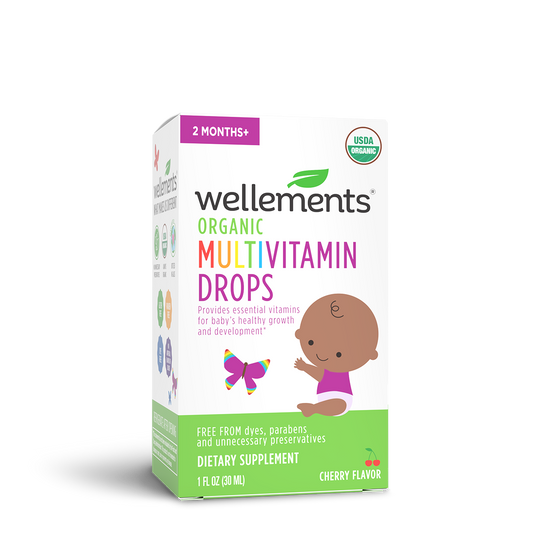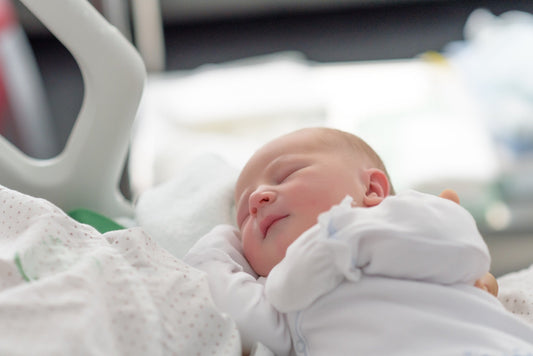New Parents' Guide To Baby Growth Spurts
| updated:Share

Watching your baby go through a growth spurt is exciting (because they’re growing!) but can also be difficult for you as a parent. The crying and apparent restlessness can make it seem your child is uncomfortable, but medical professionals assure that these early and foundational growth spurts of newborns and infants do not cause any discomfort or pain. Here are some ways to navigate growth spurts in those early days.
When Do Babies Typically Have Growth Spurts
Growth spurts occur frequently in your child’s first year of life but will also continue until they are a full-grown adult. Your child can have four or more spurts, often tripling in size during their first 12 months. You can expect the initial growth spurt between one and three weeks, followed by another between six and eight weeks. Then, you can expect more at the three, six, and nine-month marks, respectively.
Signs Your Baby is Going Through a Growth Spurt
While every child will experience numerous growth spurts during their first year, they will not all occur at the same time. However, despite the unpredictability of a precise timeline, every baby will have similar experiences during these spurts, providing signs for parents.
- Fussiness or crankiness:
A baby going through a growth spurt will seem crankier or fussier than normal, but that is not a result of discomfort. This crankiness and fussiness results from interrupted sleep and increased hunger.
- Waking during the night:
It is not uncommon for a baby to wake up several times a night during a growth spurt for feedings. You may find that your child is waking every two to three hours, which could be more than you’re used to. The pattern may also interfere with napping schedules
- Eating more often during the day:
Feedings are bound to increase during growth spurts. The biological and physical changes your baby experiences require increased nutritional support.
What Can Happen To Babies During a Growth Spurt
Growth spurts are pretty cool, when you think about it! As your baby goes through a growth spurt, you may or may not notice the physical changes associated with their growth spurt.
- Lengthening of limbs:
During the first year of life, your baby will likely triple in length. While the changes will not occur all at once, they will occur rapidly during spurts. You may notice their arms, legs, hands, and torso look longer than they did before.
- Putting on weight:
In addition to growing taller, your baby will put on weight. The additional feedings and weight gain help to support the immediate changes and maintain a healthy system.
- Developmental changes:
Growth spurts do not only account for physical growth. You will also notice changes in mental acuity and strength. A child’s ability to learn and adapt is at its most elastic in the early stages of development. However, it is important to note that all babies are different and will achieve milestones at different times. Do not compare your child to other babies their age.
3.8 /
5.0
(153)
153
total reviews
Multivitamin Drops
Sale price
$14.99
How To Deal With Baby Growth Spurts
Growth spurts can be hard on the parents because of the crying, fussiness, extra night wakings and daytime feeding demand. Hang in there and know that growth spurts won’t last long.
- Be patient:
Most early growth spurts only last a week or two. Take solace in that timeline and be patient with your growing baby.
- Feed on demand:
While tracking a healthy diet is sometimes necessary, be understanding during growth spurts. Allow your baby to eat when they want, as they need the calories to support the changes in their body.
- Help them sleep:
Try to adhere to typical bedtime routines. While you will need to accommodate interruption, doing everything you can to maintain normalcy will make the transition easier when the spurt is over.
- Take care of yourself:
Your baby needs you. Make sure you are taking care of yourself and give yourself grace.
As frustrating as growth spurts can be, it is pretty amazing to watch your baby grow and achieve new milestones. Hang in there!



